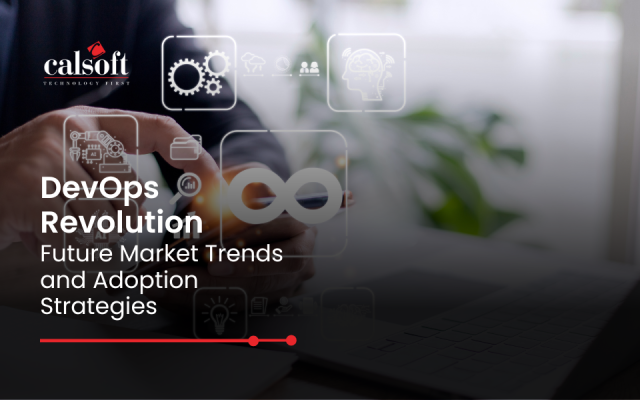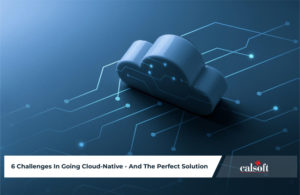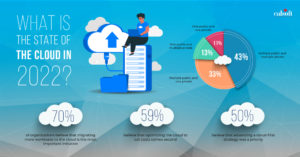The new market era is out and yes most of the IT service provider organizations are in Cloud business. There are different platforms available to host the cloud environment for these providers but the question is What is this? What am I suppose to know to implement this? To understand more, one can think about virtualization where service is hosted over the internet. So to simplify we can say cloud computing is internet based computing sharing all type of resources including software, data, and servers.
So what type of services we can think of? Infrastructure, Platform, and Software
Infrastructure – Provisioning server instances to the customer considering all aspects of networking like IP Address, Authentications, Storage devices and all. Provisioning will be based on the customer requirements. Customer for this generally uses providers applications or interfaces to manage/work/monitor the server instances. The providers normally charge customer based on the requirements. The best examples here are the complete solution deployment on provider infrastructure.
Platform – Typically applications, software, development tools are hosted on the providers environment and can be used by customer for own development. The best example here are website portals, facebook APIs / Google APIs.
Software – Provider here provides infrastructure, products and services to customer with web portals. The best example is web based email service, web portals and so on.
The providers here typically faces the challenges on infrastructures and software as services platforms creation. Many software product based companies are involved into developing cloud infrastructures and services and invested huge for these platforms. The investment is majorly on the hypervisor platforms support, technical support on virtualization, people skill sets who will actually develop the applications to support these platforms, cost and time to come up with its own applications.
Many customer who want to go for cloud services have their own applications already in place for which they need a cloud service support as they have already invested for these applications. This one is the major challenge to all vendors to come up with open support for customer specific applications. This requires good amount of testing as well. I even see most of the vendors uses their own existing application integration to support the Cloud applications. This includes some alarming applications who keeps monitoring the server provisioning, Network Monitoring tools to see the networking part, IT related applications and so on.
The new strategy is coming in the market for cloud computing is to combine existing services into one solution. Now, most of the vendors after successful cloud implementation are trying to integrate with one solution which will satisfy all the customer required towards cloud services.






